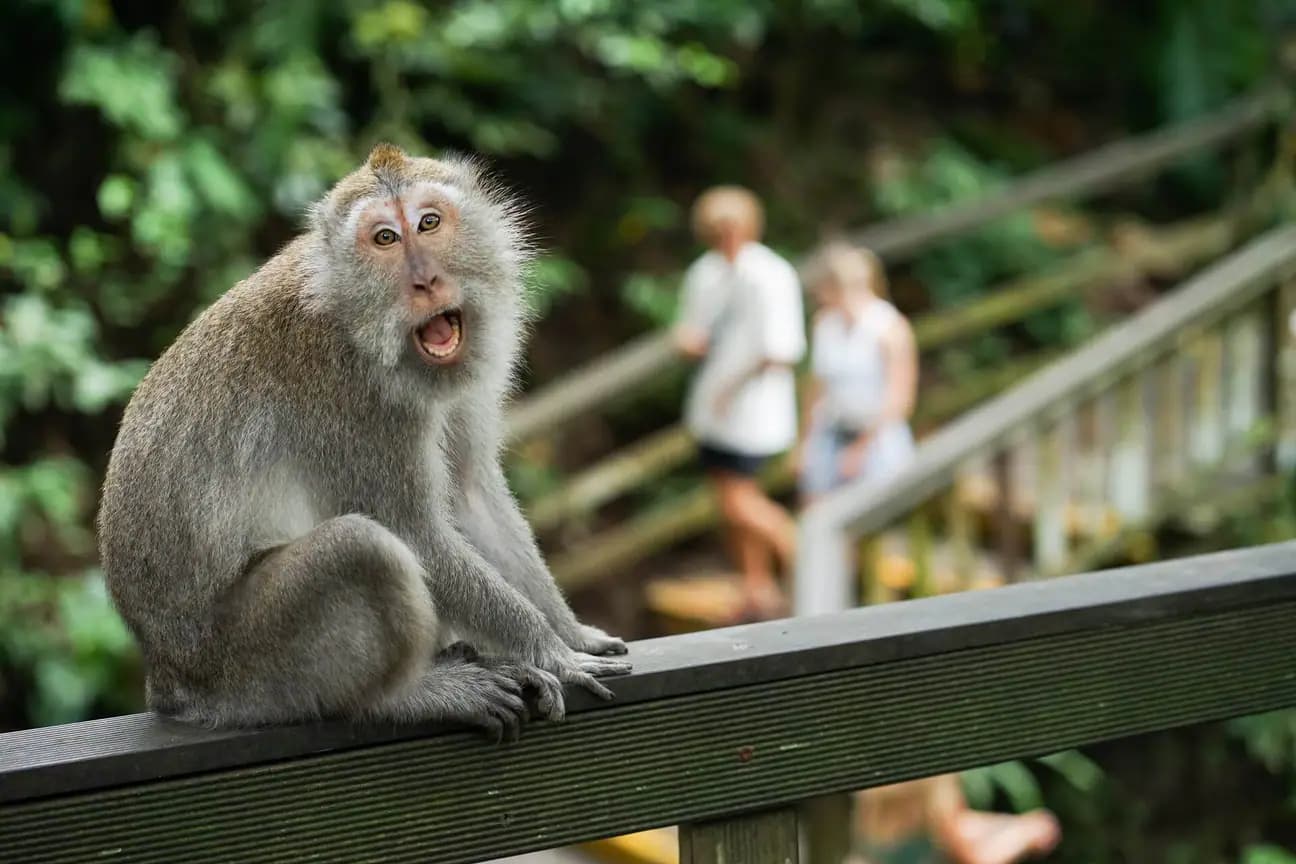Bali’s recovery is rooted in a strong domestic market that accounts for nearly 10 million visitors annually. With 59,000 hotel rooms, Bali surpasses Phuket’s inventory of 45,000 and continues to attract high-spending international tourists through the Indonesian government’s streamlined Visa on Arrival (VOA) program for 89 countries. Luxury hotels have benefited the most, reporting an average daily rate (ADR) of $607 in 2023—a 27% increase from 2019. However, this upward trend may stabilize, with rates from the first half of 2024 showing signs of moderation as occupancy levels continue to rise.
Phuket, on the other hand, thrives on its appeal to international markets. In the first half of 2024, the island welcomed 4.3 million visitors, with foreign arrivals climbing 42% year-over-year and occupancy rates hitting 81%, surpassing pre-pandemic benchmarks. With an ADR of $197, Phuket is solidifying its reputation as a high-value destination, driven by favorable exchange rates, relaxed visa policies, and improved air travel connections.
Infrastructure Strains and Overtourism
Despite their impressive recoveries, both destinations face growing pains. Overcrowding is stretching infrastructure to its limits, and while long-term projects like Bali’s second airport and Phuket’s planned Phang Nga airport aim to ease these pressures, completion is still years away. Meanwhile, neighboring destinations like Lombok in Indonesia and Khao Lak in Thailand are gaining traction as alternatives for travelers seeking less crowded experiences.
Local governments are also rolling out long-term plans for waste management, water purification, and mass transit systems to address overtourism-related challenges. However, as Douglas Louden from Global Asset Solutions noted, these initiatives will take time to implement, leaving short-term bottlenecks unresolved.
Visa Policies and Market Dynamics
Relaxed visa policies have played a pivotal role in boosting visitor numbers for both Bali and Phuket. Bali’s VOA program and Phuket’s visa exemptions outperform neighboring competitors like Vietnam and Cambodia, where cumbersome entry requirements hinder growth. Moreover, favorable exchange rates to the US Dollar have enhanced affordability, keeping these destinations attractive to international travelers.
While Australia remains Bali’s top source market, India has overtaken China as the second-largest contributor post-pandemic, followed by China and Russia. Phuket is seeing a similar diversification, with India and Australia emerging as significant growth markets alongside traditional visitors from Malaysia and Singapore.
A Tale of Two Destinations
Bali and Phuket share common challenges, such as strained infrastructure and environmental concerns, but their recovery paths differ. Bali leverages its cultural richness and a robust domestic market, bolstered by a higher inventory of hotels, while Phuket benefits from direct long-haul flights and strong international arrivals.
Looking ahead, both islands must balance growth with sustainability to preserve their appeal. Travelers seeking more personalized, experiential journeys may increasingly look to less crowded alternatives if overtourism remains unaddressed. Yet, with their distinct strengths and ongoing investments, Bali and Phuket are set to continue their roles as Southeast Asia’s tourism powerhouses in the years to come.











